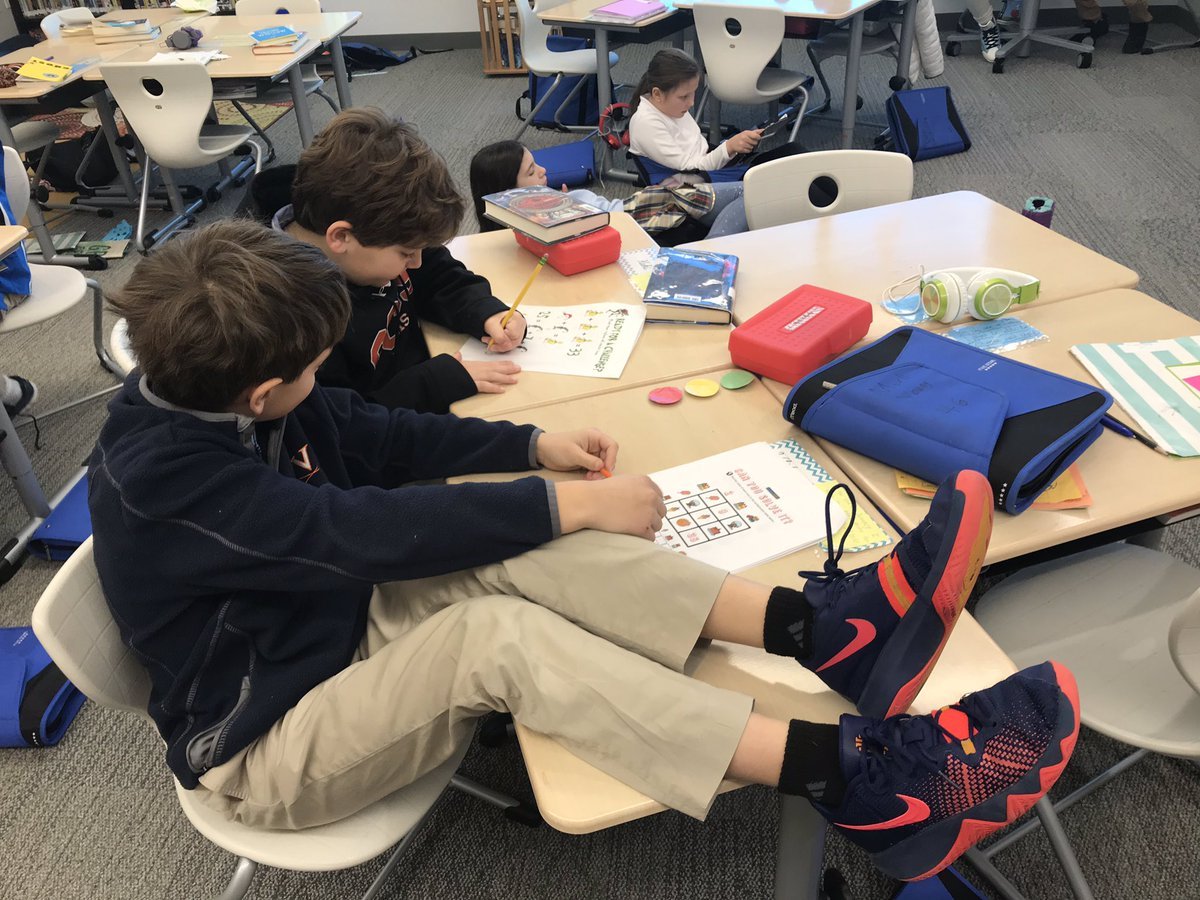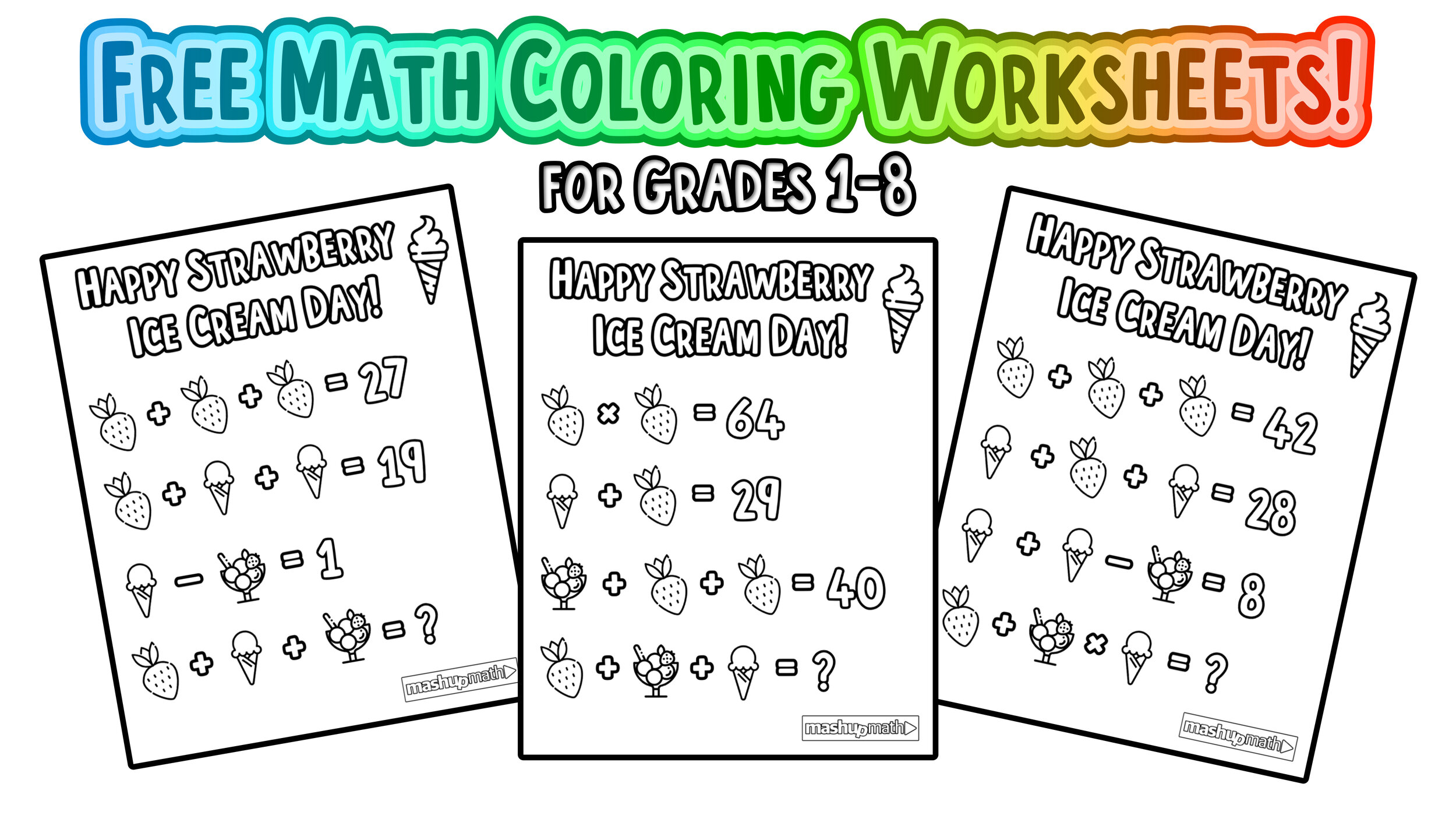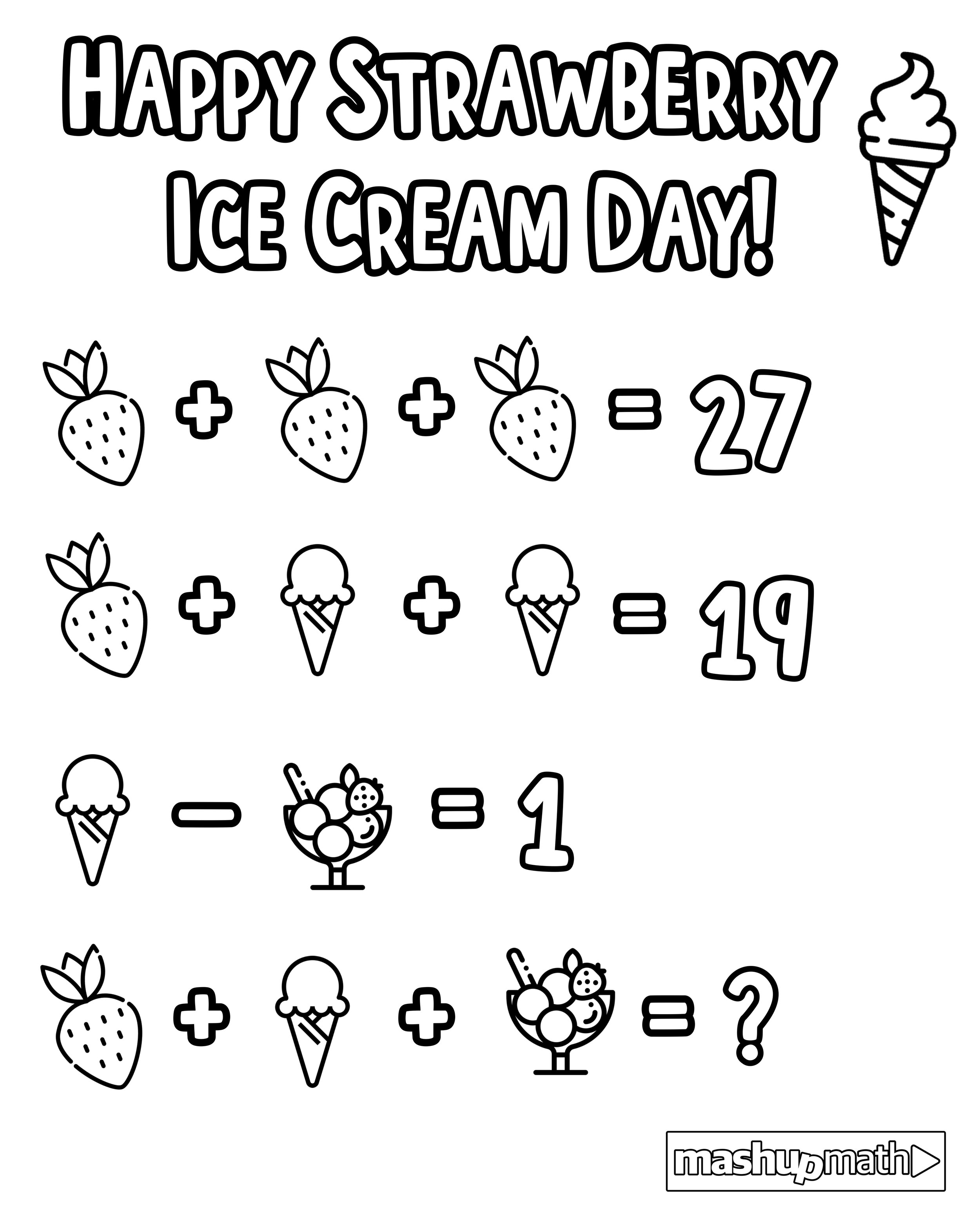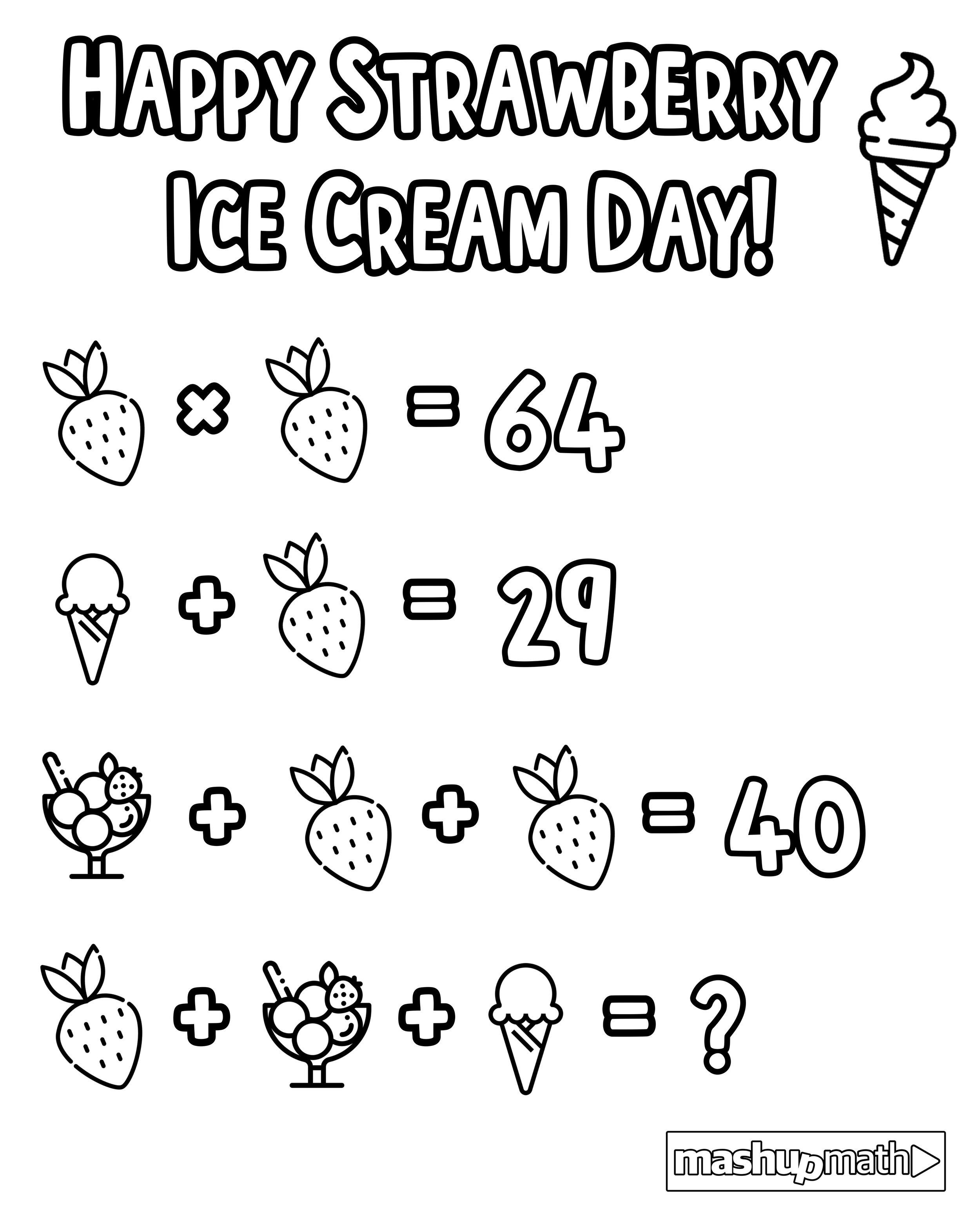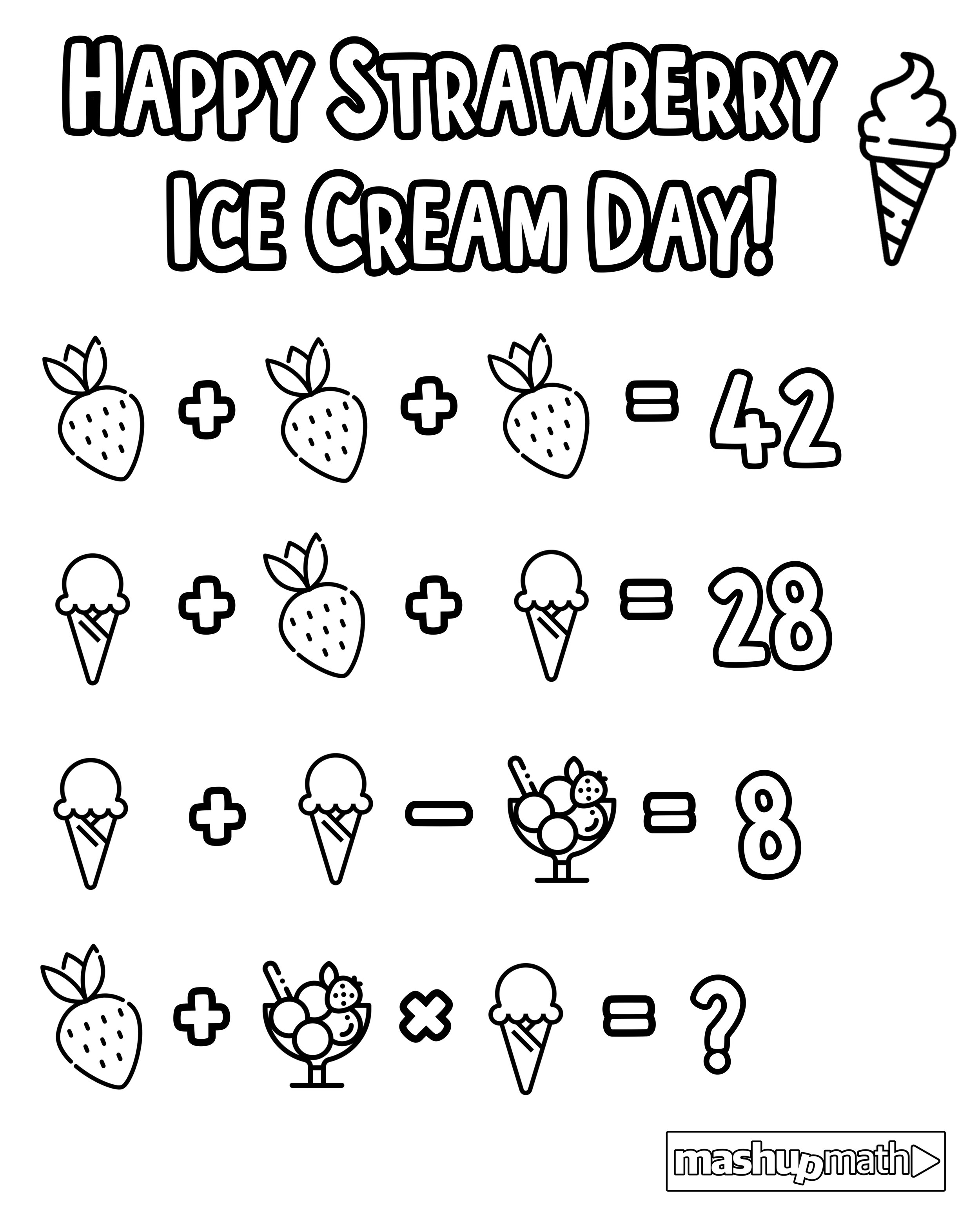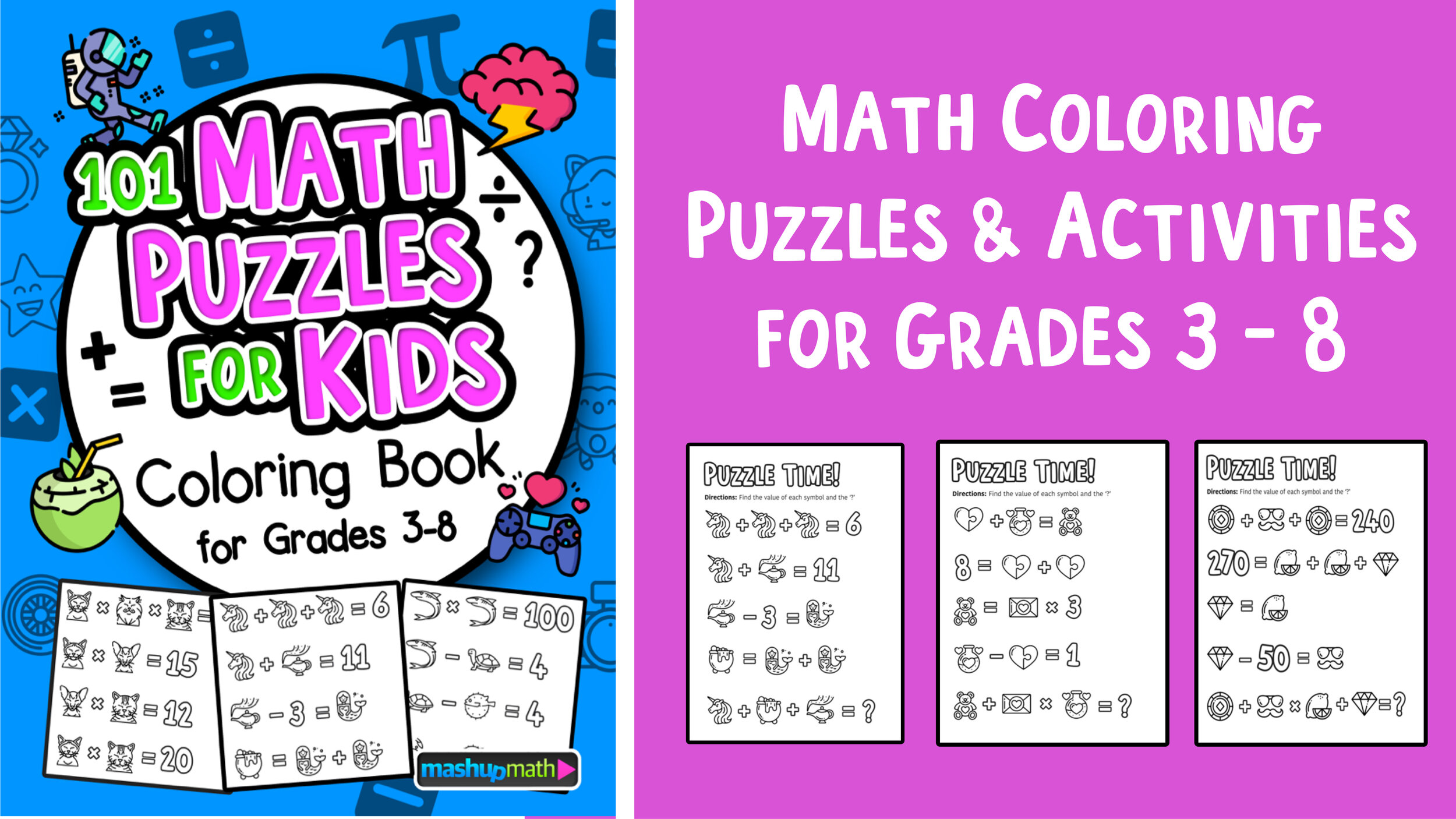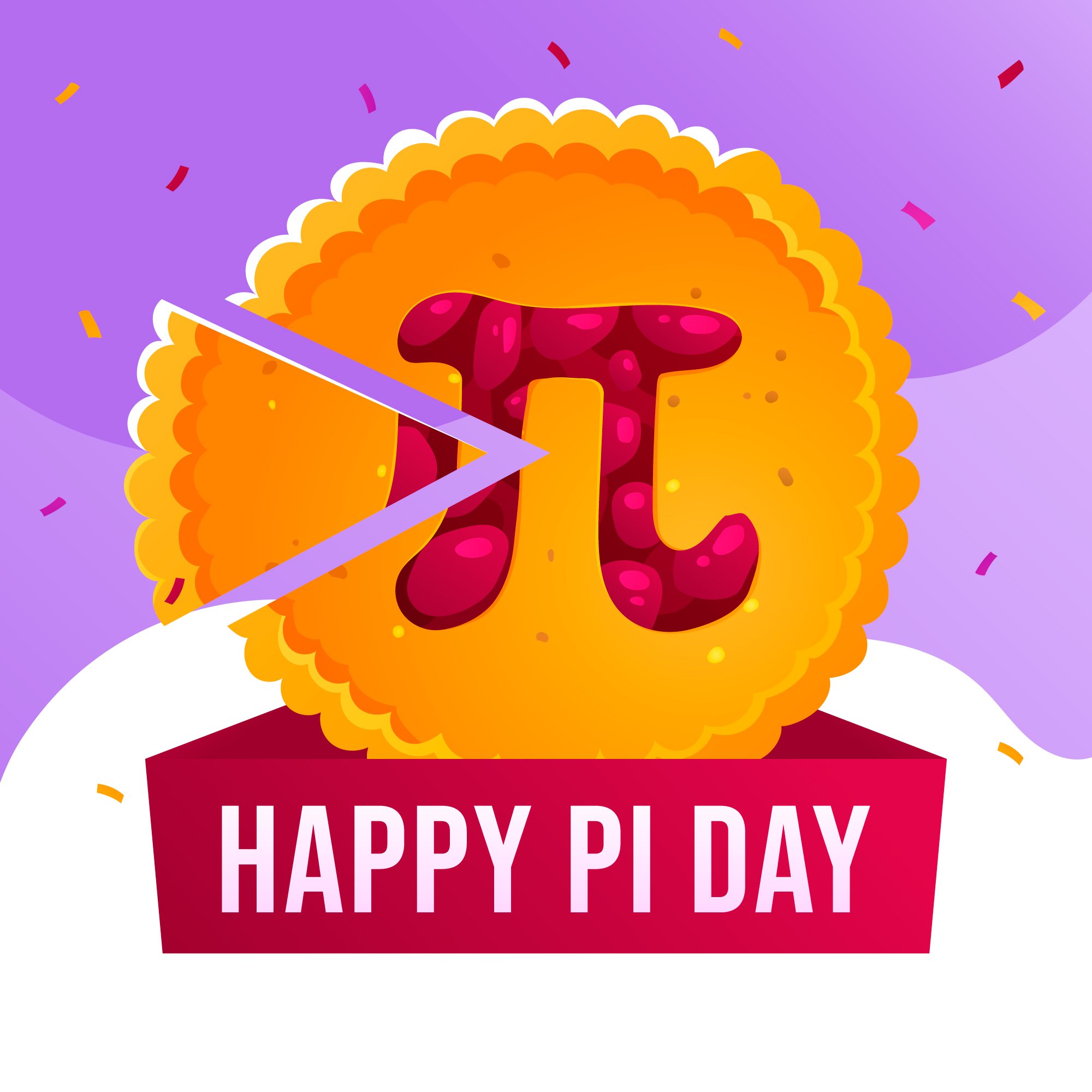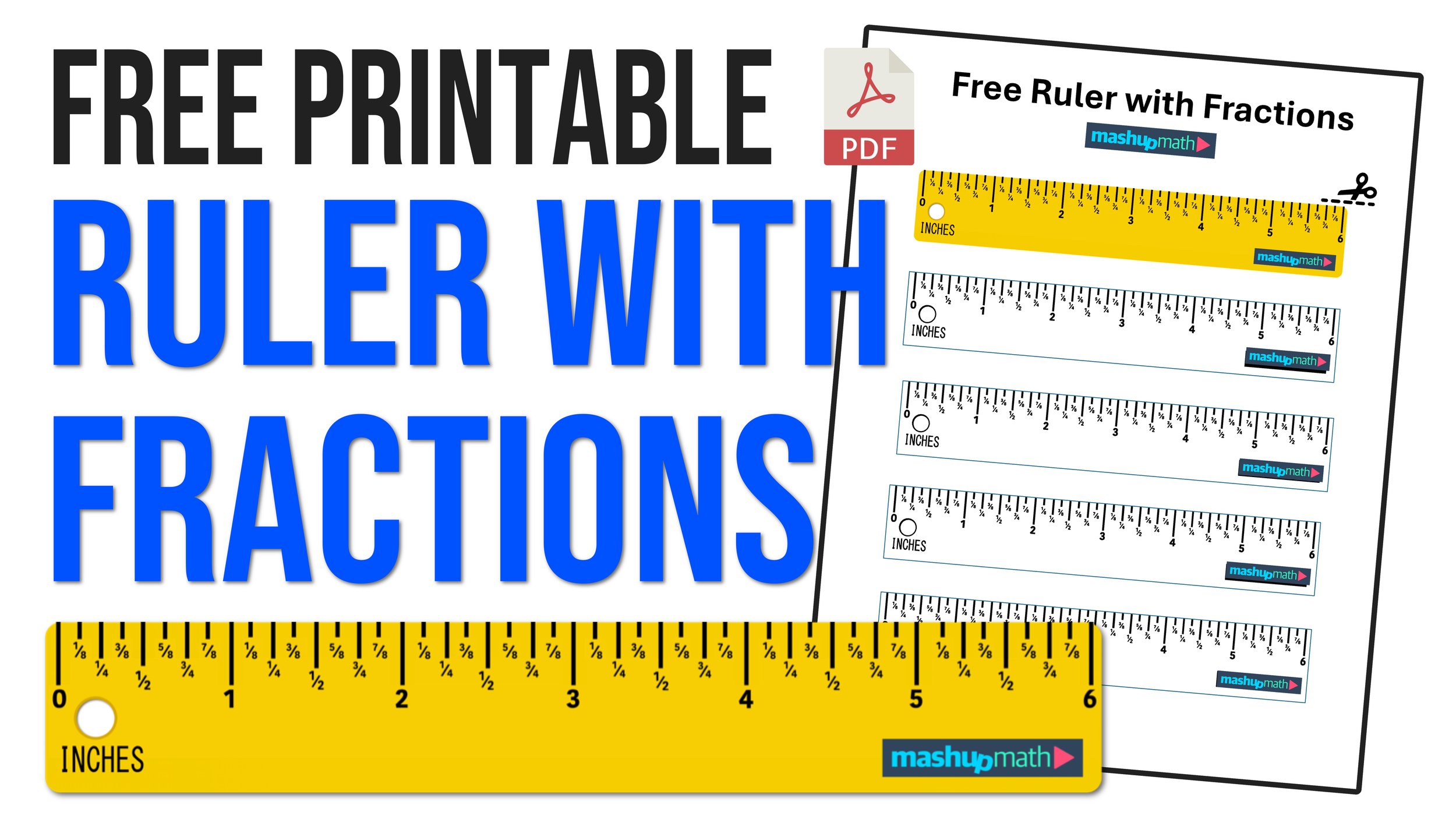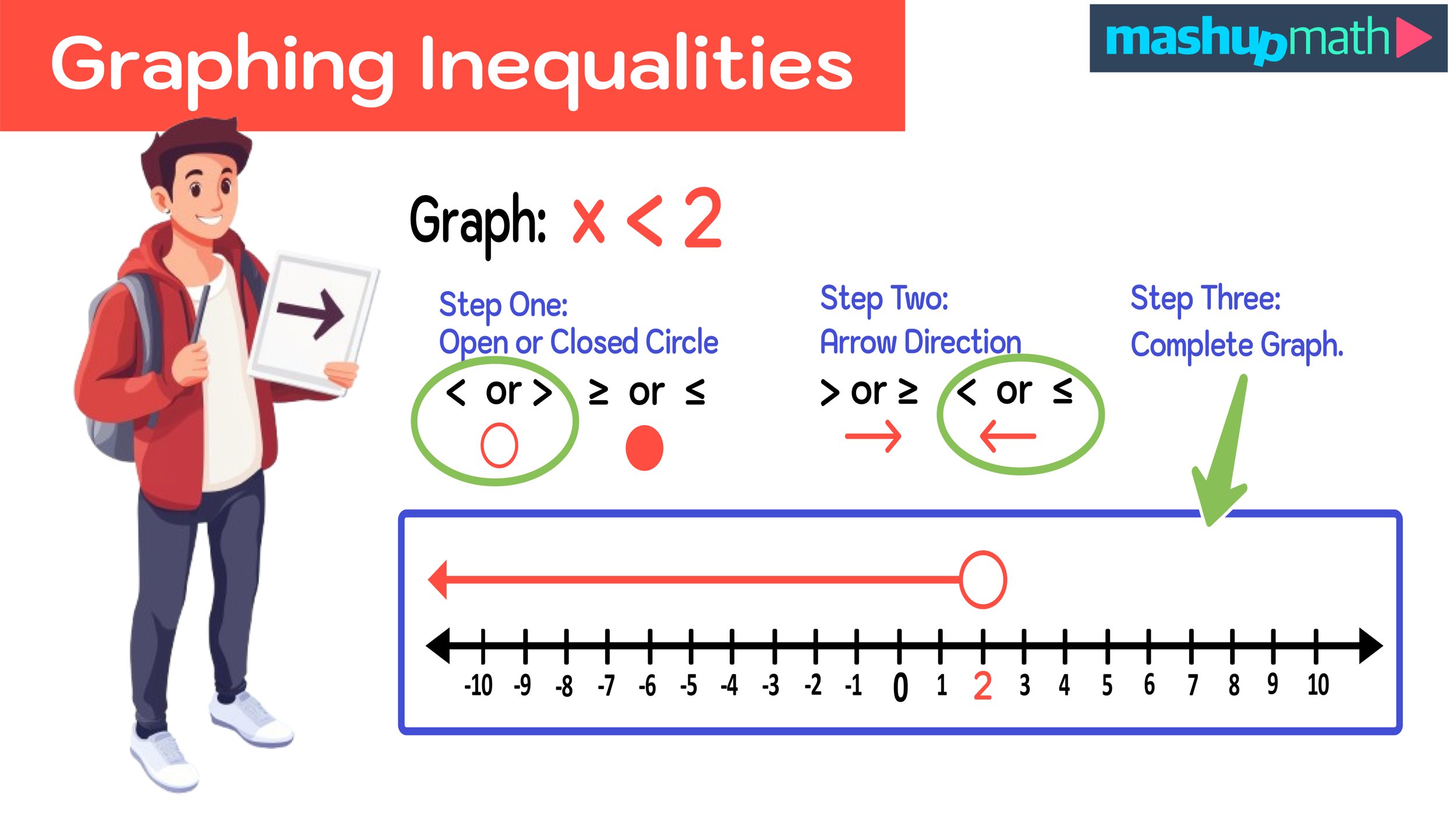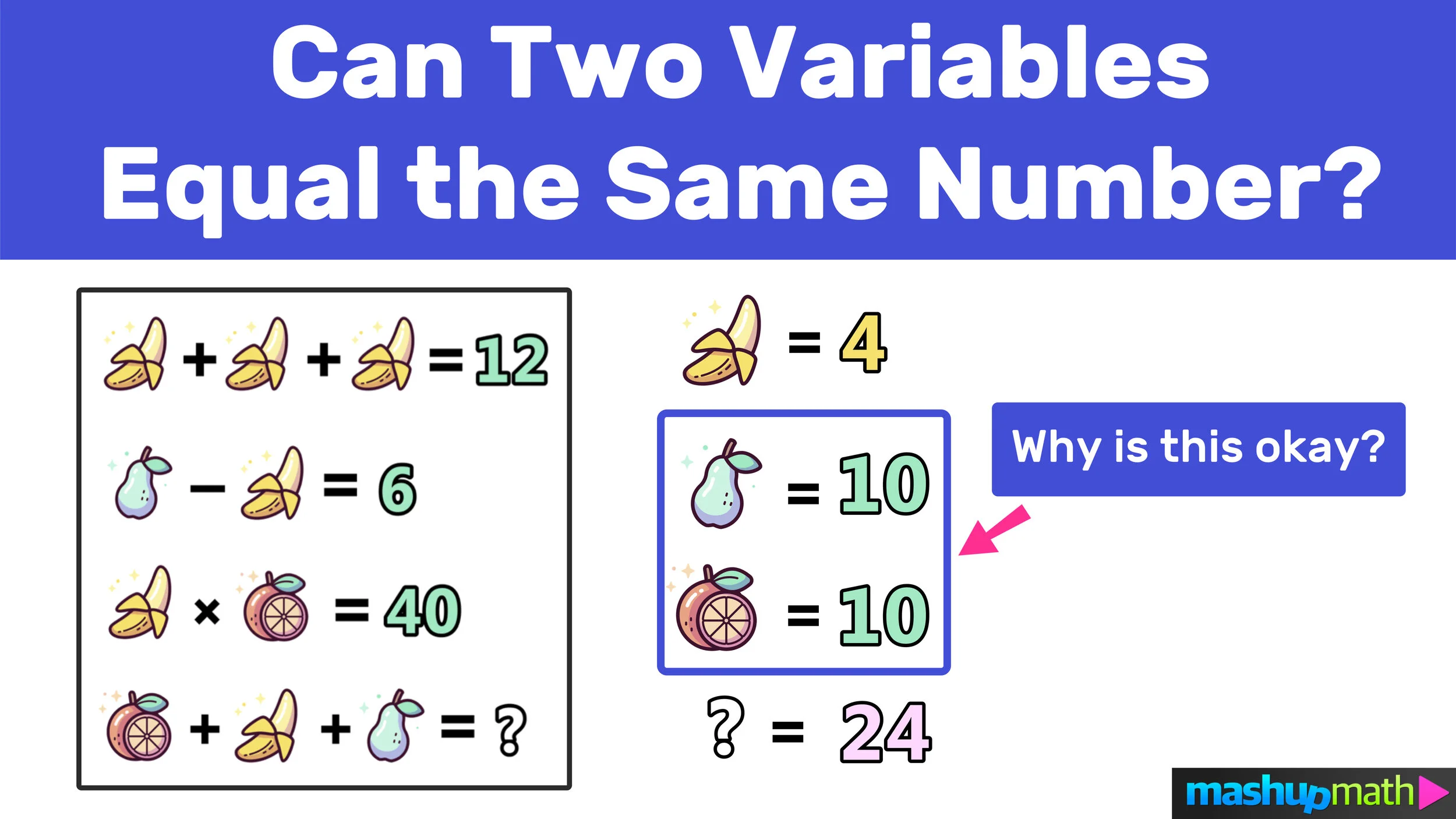Image Credit: Mashup Math MJ
Capturing your students’ interest and curiosity during the first few minutes of class is the key to keeping them engaged for your entire lesson.
But not all math warm up activities are created equally.
Math teachers miss out on activating their students’ critical thinking and reasoning skills when they assign routine, lower-level practice problems during the first five minutes of class.
However, when you use the right mix of fun and though-provoking math warm up activities to start your lessons, student engagement spikes, as your kids will constantly be wondering about what is coming next.
You probably already have some awesome math warm up activities—like Which One Doesn’t Belong? and Think-Notice-Wonder—in your tool belt. But if you’re looking for another great strategy for mixing up your instruction and engaging your students, then get ready for:
Two Truths and One Lie!
I recently started using Two Truths and One Lie (2T1L) activities, where students are presented with three mathematical statements (only two of which are true) and they have to identify which statement is a lie and justify why their choice is correct. The results? Pretty amazing. 2T1L taught me that my students love to argue and state their case (in small groups or to the whole class).
In short, 2T1L is a fun way to spark deep mathematical thinking and open discussion at the start (or end—2T1L activities make great exit tickets) of any lesson.
Image Source: Mashup Math ST
What topics/grade levels are 2T1L activities best suited for?
2T1L activities can be used for all grade levels and topics. The graphics should be topic/lesson specific and can include graphs, charts, and diagrams.
Here are some grade-level specific samples:
Imagine how your students would react to starting class with one of the following activities.
What kind of creative and mathematical thinking would spark?
What kind of small or large group discussions would occur?
How would a spike in engagement effect the remainder of the lesson?
▼ 3rd Grade ▼
▼ 6th Grade ▼
▼ 4th Grade ▼
▼ 7th Grade ▼
▼ 5th Grade ▼
▼ 8th Grade ▼
Are you ready to give it a try?
Here are a few more free samples that you can download and share with your kids (right-click to download each graphic and save it to your computer):
Looking for more?
You can now share 101 Daily Two Truths & One Lie! Math Activities for Grades 3, 4, & 5 OR Grades 6, 7, & 8 with your kids with our brand new PDF workbooks!
Read More Posts About What’s Trending in Math Education:
Do you have experience using 2T1L activities with your math students? Share your thoughts and suggestions in the comments section below!
(Never miss a Mashup Math blog--click here to get our weekly newsletter!)
By Anthony Persico
Anthony is the content crafter and head educator for YouTube's MashUp Math and an advisor to Amazon Education's 'With Math I Can' Campaign. You can often find me happily developing animated math lessons to share on my YouTube channel . Or spending way too much time at the gym or playing on my phone.













